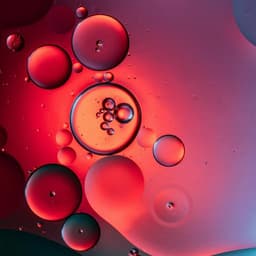
Food Science and Technology
Vortex fluidic mediated encapsulation of functional fish oil featuring in situ probed small angle neutron scattering
S. He, N. Joseph, et al.
Discover how a vortex fluidic device (VFD) transforms fish oil encapsulation, enhancing bioavailability and stability while eliminating the notorious fishy smell. This study, undertaken by a team of researchers, reveals insights into how VFD technology enriches apple juice with omega-3s without compromising flavor.
~3 min • Beginner • English
Related Publications
Explore these studies to deepen your understanding of the subject.







